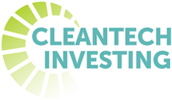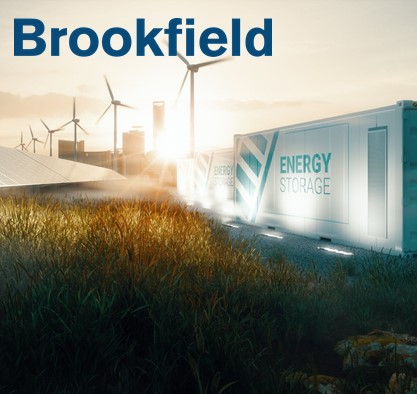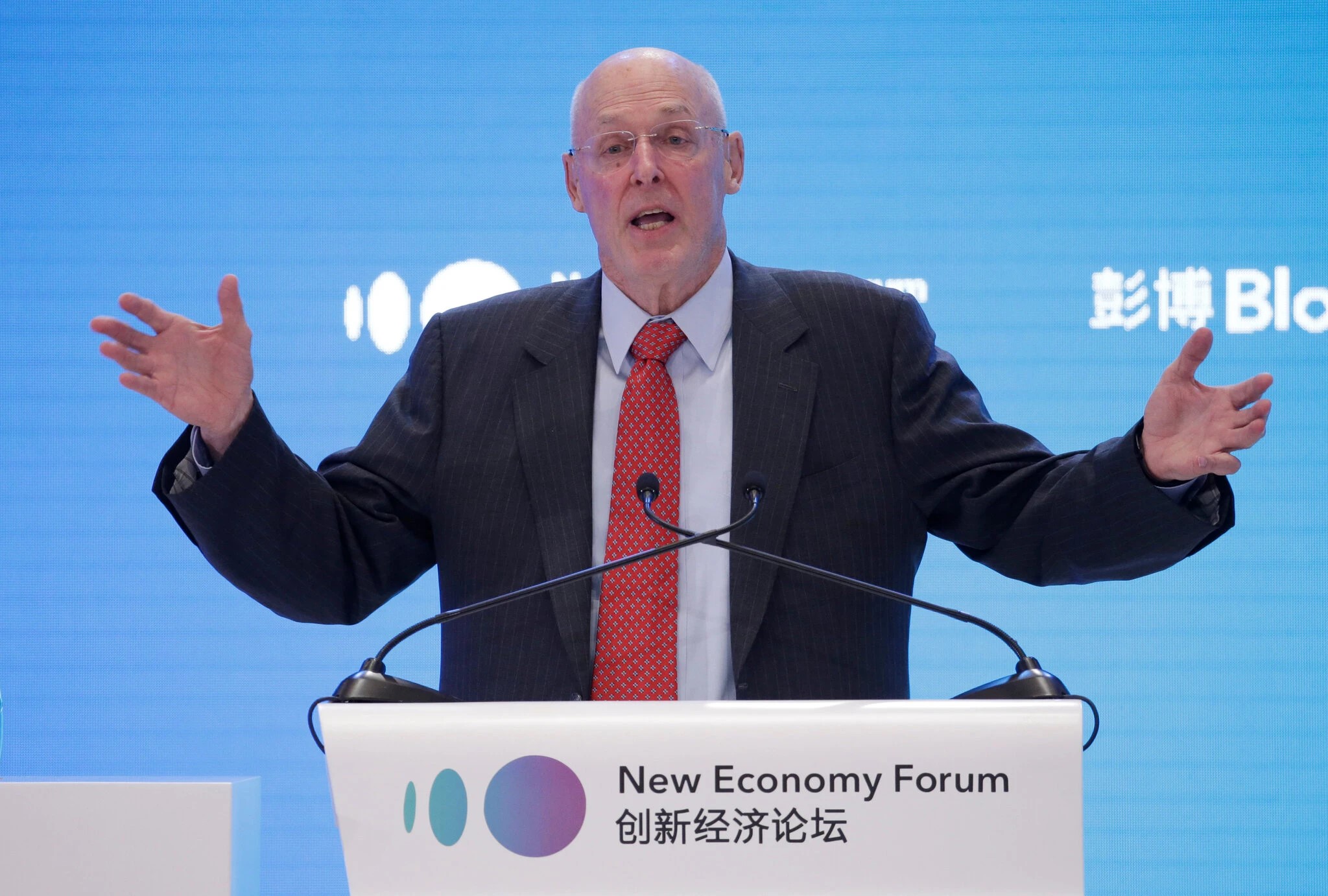By: Rob Day
October 22, 2013
Solyndra, Tesla, Fisker, cap-and-trade, “America is addicted to oil” — there have been a lot of watershed moments, good and bad, in the cleantech sector over the past ten years. It’s been a lot of big ups and downs, a wild ride.
But one development doesn’t get as much attention, and yet quietly may end up being more important than any of the above. In 2008, US Bancorp started putting money into pooled project finance structures for residential rooftop finance, backing the likes of early movers Sunrun and SolarCity.
It’s not the first time financial players got involved in backing asset pools rather than individual projects one at a time, of course. But the application in residential rooftop solar started a boom in installations that continues to this day. What started out as project pools of a few tens of millions of dollars are now hundreds of millions of dollars at a go, and the number of both startups tapping into this type of capital, and capital providers putting money into these structures, has significantly expanded.
But the reason why this is so momentous isn’t just because of the residential solar market boom. It’s what that’s inspiring in follow-on markets. There are distinctions from different business models, project type, markets, etc., but as an investor, I’m now seeing a ton of new efforts to extend the concept of pooled finance for smaller projects into energy efficiency, agriculture, water treatment, transportation and fueling, anaerobic digestion and other biomass plays, etc. Some of these look like traditional project finance in a more scalable form, some of these look much more like mortgage-type financings, and all kinds of permutations in between.
Such financing solutions are important because they directly address two attributes of many clean technology solutions that — very often — hinder adoption: upfront capital needs and smaller-scale assets.
Many clean technologies are, because they run more efficiently, lower cost to operate on a unit-production basis. But they also can be more expensive to purchase in the first place. The classic example is rooftop solar, which, if paid for with straight cash, is a capex expenditure that saves on opex — in other words, you write a big check upfront so that your monthly electric bills going forward are lower. This can make all the economic sense in the world (sometimes, sometimes not, but increasingly so over the past few years), but it is still very hard for a homeowner or business with a limited amount of free cash to stomach.
And so financing would make a lot of sense, but it has been difficult to make work up until this recent emergence of new models. Why? Because traditional project finance-type models don’t scale down, and yet many clean technologies are by their very nature smaller and more distributed than traditional centralized production. So for financing to work in this context, it would need to be done with a design appropriate for dealing with many smaller projects in a pooled way, for efficiency.
What’s fascinating is to watch how these solutions, even within residential rooftop solar, have evolved over time. When SolarCity was getting started, the basic financing structures available and the fragmented value chains meant that vertical integration was somewhat necessary, in some cases even including installation services, and certainly including lead generation and “warehousing” of projects before handoff to Wall Street types, all of which forced big capital demands on the balance sheet of the startup even while enabling them to pioneer tapping into the bigger checks of Wall Street for leverage. But now that these types of financing opportunities are more established and sought after, new alternative models have emerged (our own OneRoof Energy is one, for example) that don’t take on such capital intensity because they seek to play very specific roles in what are now increasingly mature value chains.
There’s still a lot of room for all of these models to continue to expand and proliferate. The big question right now is whether the same cycle of vertical integration leading over a few years to less-capital-intensive horizontal specialists will necessarily repeat itself as this model is applied into a broader range of cleantech markets. Will we need to see a vertically integrated, capital-hungry energy efficiency financing player establish the viability of this model in that sector before US Bancorp and Morgan Stanley and the others feel comfortable extending the bigger dollar pools into that market, or will we be able to leapfrog that stage? As my colleague Nikhil told me recently, “Frankly, residential solar has been constrained by how efficiently the secondary markets (securitization, bonds, etc.) can take our project portfolios because of tax equity, which requires projects to be held by the original owners for five years. Many of the other sectors now being looked at are not tax-credit-dependent and thus should evolve even faster on a relative basis.”
Another key question: Will the expansion of these financing solutions into new markets be led by new entrants, or by product extensions from the existing solar financing players?
Given the number of very smart entrepreneurs I see now developing a wide variety of approaches to this and other cleantech financing models, it’s an important couple of questions to watch being answered over the next eighteen to twenty-four months.




